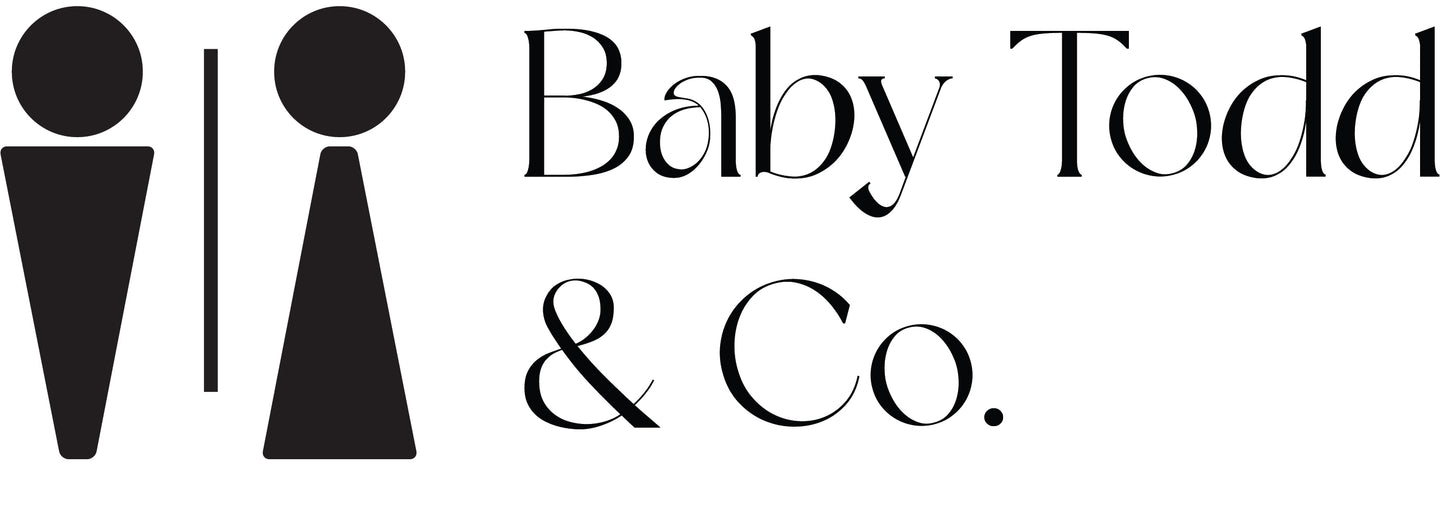Waiting 12 weeks or more to find out the sex of your baby can feel like an eternity. So, if you’re too excited to wait before buying a few clothes, or if your friends and family want to contribute to your registry in advance, gender-neutral clothing is an excellent option.
Gender-neutral baby clothes are practical, simple, and still adorable, of course! If you’ve considered buying gender-neutral clothing for your little one, or as a gift, you might be wondering about the advantages, the downside, or why it’s even a thing to begin with.
The move to gender neutral can be a positive change towards expression of creativity, rather than potentially restrictive fashion defined by societal gender norms.

Moving away from the woke ideas for now, gender-neutral kids’ clothes encourage parents to reuse and upcycle baby clothes. Many unisex clothing brands help parents make more thoughtful purchases by providing quality clothing while allowing them to easily pass them on to family or friends.
In this article, we’ll dive into the trend of gender-neutral children’s clothes, where it comes from, and how to decide if it’s right for you.
What are Gender-Neutral Clothes?
Also known as non-binary clothes, gender-neutral clothes are not strictly defined in the fashion industry. Essentially, gender-neutral clothing lines are not limited to traditional “menswear” and “womenswear.”
The objective is to break the association between specific garments and gender, like skirts and pink being for women and pants and blue for men.
Fashion experts claim that gender-neutral clothing is more about a state of mind than just an outfit. It's about freedom from the constraints and negative aspects of gender tags. This concept has taken the fashion world by storm with its inclusivity and stylishness.
The Current Landscape
The demand for gender-neutral fashion is growing, with projections indicating a 6.5% annual increase from 2021 to 2030 (reference). This trend represents a cultural change toward resolving stereotypes by providing a dynamic platform for people to candidly express themselves through garments.
The Roots of Unisex Wear
Gender-neutral kids clothing may seem like a recent trend, but its roots go back to the early 20th century when boys and girls were often dressed alike. Most children wore dresses until they were six or seven, and infant and kids’ clothing was primarily white because it was easier to wash and bleach.
Occasionally, when children had to wear colourful clothes, boys wore pink and girls wore blue—pink was considered a stronger colour suitable for boys, while blue was seen as delicate and dainty for girls. By the 1940s, retailers began promoting blue for boys and pink for girls, though this was more about marketing than any inherent reason or belief.
In the 1960s and 1970s, gender-neutral infant clothes became popular for political reasons and because research showed bright, bold colours were appealing to babies. The 80s saw a rise in gendered baby clothing due to prenatal technology that allowed parents to determine the sex of their baby before birth, increasing the demand for gender-specific items.
What has Emerged as the Key Features of Gender-Neutral Fashion are:
Neutral Colours: Uses tones like beige, black, white, and grey for a subdued, androgynous aesthetic.
Androgynous Tailoring: Tailored to accommodate various body types without emphasizing conventional gendered shapes.
Encouragement of Personal Style: Promotes creativity and individual expression through mixing and matching different but complimentary styles.

Benefits of Gender-Neutral Clothing
Gender-neutral baby and kids’ clothes are making a comeback, and here’s why many mums and dads happily embrace this trend:
Practicality: If you plan to have more kids, unisex clothes are a practical option. You can reuse the same clothes for each child, saving money and reducing waste.
Simplicity: If you don’t know your baby’s sex before birth, gender-neutral clothes are an easy solution. Neutral tones and simple designs are perfect for any baby and easy to mix and match. And they are timeless.
Preference: Maybe you don’t like the bright pinks, blues, truck designs or floral patterns traditionally associated with certain genders. Gender-neutral options avoid stereotypes and offer more variety.
Is Gender-Neutral Right for Your Child?
Gender-neutral infant and kids’ clothes won’t be right for all families, but they might be the right choice if:
- You plan to have more kids in the future.
- You’re having boy/girl twins.
- You decided to keep the sex of your baby a surprise.
- You like a mix of colours, patterns, and prints.
- You are minimalistic and prefer fewer clothes that can be worn in all seasons and occasions.
- You prefer to let your child choose their favourite colours over time.
- You want to resell your baby clothes when your child outgrows them.
Most significantly, if you don’t want to dress your children in the traditional pink or blue, you don’t have to! You can always start with gender-neutral clothing and experiment with gendered colours later. There’s no need to stress—it’s all about what feels right for you and your baby.
Colours That Are Truly Gender Neutral
Gender-neutral colours are typically muted and minimalistic. They include:
Black, White, Yellow, Gray, Green, Orange, Brown, Pastel shades, Beige, Midnight blue

Are Clothes the Only Thing That Can Be Gender Neutral?
Not at all! Clothes are only the beginning. There are gender-neutral options for almost everything child-related, including:
- Toys
- Car seats
- Pack ‘N Plays
- Bibs
- Strollers
- Swings
- Nursery or kids’ room décor
- Swaddles
- Blankets
- Changing pads
- Baby carriers
- Diaper bags
Gender-neutral clothing allows you to wear a diverse range of tones, colours, and styles. It’s important to choose clothing that brings joy to the individual, regardless of gender.
By focusing on gender-neutral clothing, Baby Todd & Co. hope to build stronger relationships and connectivity with our customers whilst contributing to a more inclusive fashion industry. Unisex fashion is shaping the future—a future that celebrates self-expression, diversity, and ethical practices – we are happy to play our little part in that.



